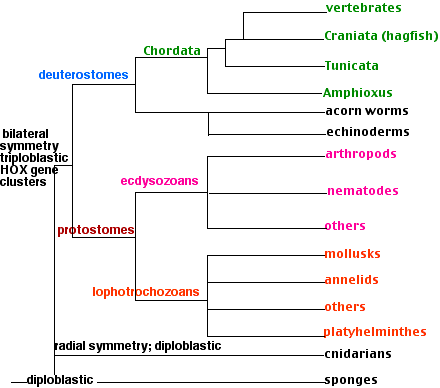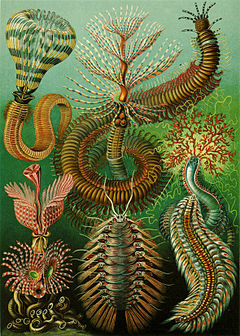Topic macroinvertebrate definition: Delve into the fascinating world of macroinvertebrates, where spineless creatures play crucial ecological roles, challenging our understanding of life without a backbone.
Table of Content
- What is the definition of macroinvertebrate?
- What are Macroinvertebrates?
- Types of Macroinvertebrates
- Role in Ecosystems
- Macroinvertebrates as Bioindicators
- Studying Macroinvertebrates: Methods and Techniques
- YOUTUBE: Introduction to Benthic Macroinvertebrates
- Conservation and Threats to Macroinvertebrates
- Macroinvertebrates in Aquatic Science and Research
- Impact of Climate Change on Macroinvertebrate Populations
- Macroinvertebrates in Education and Citizen Science
- Future Perspectives in Macroinvertebrate Studies
What is the definition of macroinvertebrate?
A macroinvertebrate is any animal lacking a backbone and large enough to see without the aid of a microscope. These organisms play a crucial role in stream ecosystems by transferring organic matter from various sources. Examples of macroinvertebrates include crayfish and stoneflies.
- Macroinvertebrates are exothermic and cold-blooded.
- They are visible to the naked eye.
- They contribute to the ecological balance of stream ecosystems.
- They aid in the decomposition and recycling of organic matter.
- Examples of macroinvertebrates include crayfish and stoneflies.
READ MORE:
What are Macroinvertebrates?
Macroinvertebrates are fascinating creatures that lack a backbone but are large enough to be seen without a microscope. These animals can be aquatic or terrestrial, with many aquatic forms representing immature stages of terrestrial species. They come in various shapes and sizes, from crayfish with exoskeletons to snails with shells, and others like leeches that have soft bodies without any supporting structure.
Macroinvertebrates play vital roles in ecosystems, especially aquatic ones. They are primary processors of organic matter, categorized into functional feeding groups like shredders, collectors, grazers, and predators. Each group plays a specific role, such as shredders processing coarse organic matter and collectors filtering smaller particles.
These organisms are crucial in the ecological concept known as the River Continuum Concept (RCC). This concept explains how the presence and types of macroinvertebrates in a stream can indicate the stream"s health and characteristics. For example, in lower order streams, shaded by dense vegetation, shredders and collectors dominate, processing organic matter from riparian vegetation. As streams widen and receive more sunlight, grazers and collectors become more prevalent, indicating a shift in the ecosystem.
The diversity and role of macroinvertebrates in an ecosystem make them essential to understanding and monitoring environmental health, especially in aquatic systems. Their presence and the specific types found can tell us a lot about water quality and ecosystem functions.
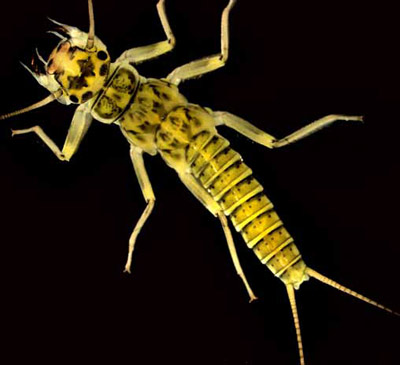
Types of Macroinvertebrates
Macroinvertebrates encompass a diverse range of species, each playing a unique role in their ecosystems. Common types include:
- Annelids: Segmented worms, like earthworms and leeches, crucial for soil health and water filtration.
- Mollusks: This group includes snails and clams, known for their shells and significant role in water ecosystems.
- Arthropods: This vast category includes crustaceans like crayfish, along with various insects such as beetles, dragonflies, and mayflies in their aquatic larval stages.
These macroinvertebrates can be further categorized based on their feeding habits:
- Shredders: Such as certain caddisflies and stoneflies, process larger organic matter like leaves and wood debris.
- Collectors: Including some beetles and flies, filter smaller particles of organic matter from water columns and sediments.
- Grazers: Often found on rocks and woody debris, these species, including many snails, feed on periphyton and detritus.
- Predators: Prey on other macroinvertebrates, with examples like dragonflies being particularly effective hunters.
The distribution and prevalence of these types can vary based on environmental factors, as outlined in the River Continuum Concept. This model predicts the changes in macroinvertebrate communities along streams, indicating the balance and health of aquatic ecosystems.
Role in Ecosystems
Macroinvertebrates are crucial in maintaining the health and balance of aquatic ecosystems. They play various roles, including:
- Primary Processors of Organic Matter: Macroinvertebrates are involved in the breakdown and recycling of organic materials. Shredders, like caddisflies and stoneflies, process coarse particulate organic matter from sources like leaves and woody debris.
- Collectors and Filters: These organisms, including certain beetles and flies, gather smaller organic particles, playing a pivotal role in nutrient cycling.
- Grazers: Species such as snails and certain caddisflies feed on periphyton and detritus, contributing to the energy flow within the ecosystem.
- Predators: Dragonflies and other predatory macroinvertebrates help regulate the populations of other aquatic organisms, maintaining a balanced ecosystem.
The presence and abundance of these macroinvertebrates in a stream are indicators of the stream"s health and can reflect environmental changes. This is illustrated by the River Continuum Concept (RCC), which predicts changes in macroinvertebrate communities along stream gradients. For instance, in lower order streams dominated by riparian vegetation, shredder and collector species are more prevalent. In contrast, as one moves downstream and the environment changes, the community shifts, with grazers and collectors becoming more dominant in mid-order streams.
This dynamic nature of macroinvertebrate communities highlights their importance in ecological monitoring and conservation efforts.
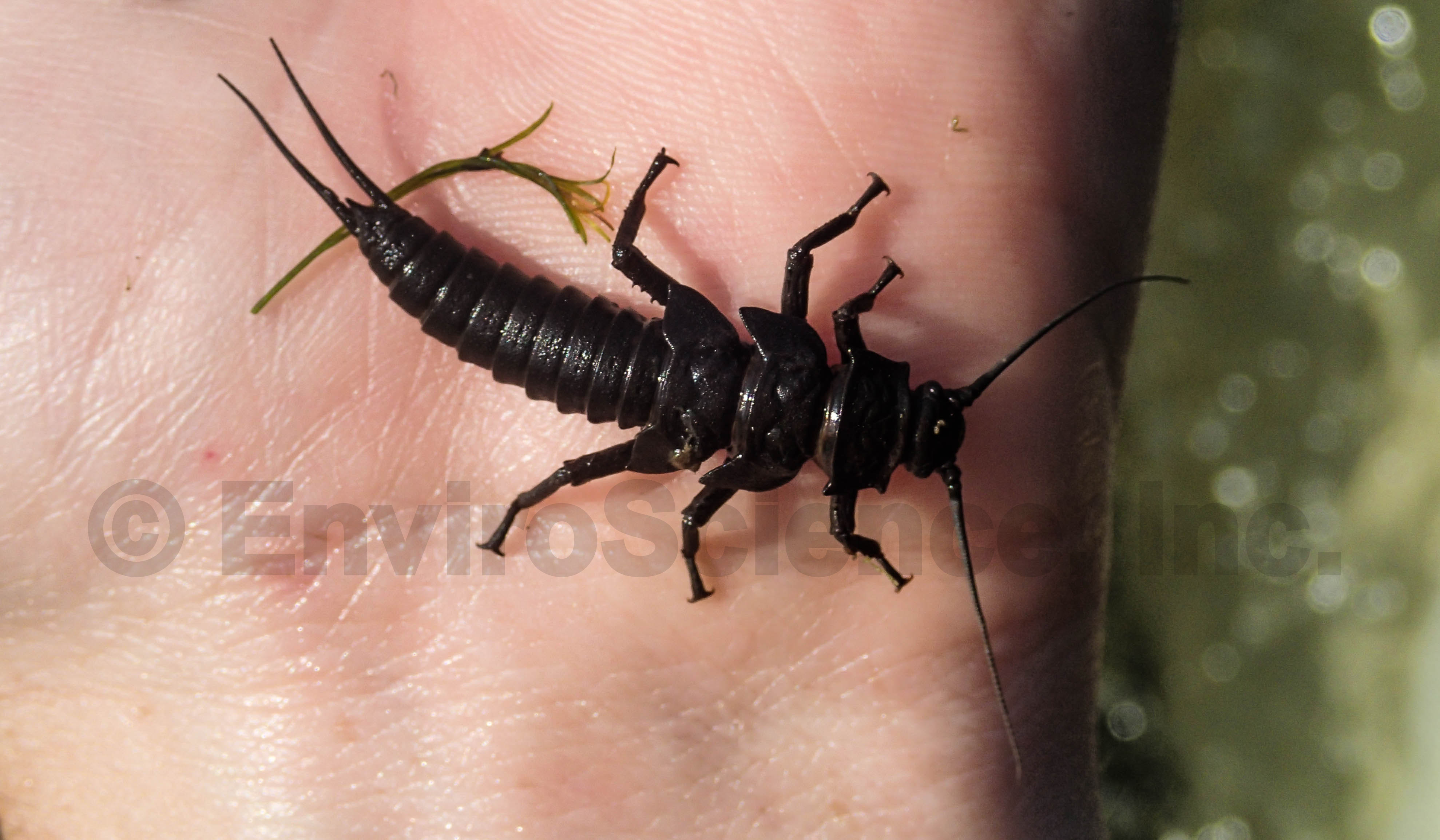
Macroinvertebrates as Bioindicators
Macroinvertebrates are crucial indicators of water quality and ecosystem health. They reflect changes in their environment, making them valuable for monitoring aquatic ecosystems:
- Sensitivity to Pollutants: Some macroinvertebrates are sensitive to pollution, and their absence can indicate water quality issues.
- Diversity and Richness: High diversity and richness of macroinvertebrate communities often signify a healthy ecosystem.
- Indicators of Ecosystem Changes: Changes in macroinvertebrate populations can signal alterations in the ecosystem, such as the introduction of pollutants or habitat modifications.
- Long-term Monitoring: Studying these organisms provides insights into the historical and current ecological status of water bodies.
- Accessibility for Study: Due to their abundance and ease of collection, macroinvertebrates are practical for regular monitoring activities.
Macroinvertebrate-based indices, such as the SASS5 biotic index, are used globally for assessing water quality. The presence, absence, or abundance of certain macroinvertebrate groups can help determine the level of pollution or disturbance in an aquatic environment.
Studying Macroinvertebrates: Methods and Techniques
Researching macroinvertebrates involves a variety of methods and techniques tailored to understanding their role in aquatic ecosystems. Key approaches include:
- Sampling: Collecting macroinvertebrates typically involves the use of nets, especially a U.S. Standard #30 mesh sieve, to capture and retain these organisms from their aquatic environments.
- Identification: Due to the diverse nature of macroinvertebrates, identification is a critical step. This often involves using dichotomous keys and field guides to classify them into different species and groups.
- Functional Feeding Groups: Macroinvertebrates are categorized based on their feeding habits into groups such as shredders, collectors, grazers, and predators. This classification helps in understanding their ecological roles.
- Ecological Monitoring: Macroinvertebrates are studied to monitor the health of aquatic ecosystems. Techniques like the River Continuum Concept (RCC) are used to predict changes in macroinvertebrate communities along stream gradients.
- Water Quality Assessment: The presence and diversity of macroinvertebrates are used as bioindicators to assess water quality. Indices such as the SASS5 biotic index can indicate the level of pollution or disturbance in aquatic environments.
Overall, studying macroinvertebrates is a multifaceted field, incorporating various techniques to understand these organisms" biology, ecology, and their roles in aquatic ecosystems.

Introduction to Benthic Macroinvertebrates
Dive into the fascinating world of benthic macroinvertebrates and unlock the hidden secrets of our freshwater ecosystems. Discover how these tiny creatures play a crucial role in maintaining the health and balance of streams. Get ready for an awe-inspiring journey!
SHMAK Stream Life: Sorting and Identifying Benthic Macroinvertebrates
Prepare to be mesmerized by the vibrant and diverse stream life that thrives beneath the water\'s surface. From darting fish to graceful aquatic plants, this video will showcase the beauty and resilience of stream ecosystems. Join us on this captivating undersea adventure and witness the wonders of stream life.
Conservation and Threats to Macroinvertebrates
Macroinvertebrates face various threats that impact their survival and the ecological balance of aquatic ecosystems. Conservation efforts are crucial to protect these important organisms:
- Habitat Loss: Destruction of natural habitats due to urbanization, agriculture, and industrial activities is a significant threat to macroinvertebrate populations.
- Pollution: Water pollution from chemicals, waste, and other pollutants can be detrimental to macroinvertebrates, particularly those sensitive to changes in water quality.
- Climate Change: Changes in temperature and precipitation patterns can affect aquatic habitats, altering the distribution and abundance of macroinvertebrates.
- Invasive Species: Introduction of non-native species can disrupt the ecological balance, competing with native macroinvertebrates for resources.
- Conservation Strategies: Efforts include protecting and restoring natural habitats, monitoring water quality, and implementing sustainable land-use practices.
Conservation of macroinvertebrates is vital for maintaining the health of aquatic ecosystems and the biodiversity they support. Educating communities and implementing effective environmental policies are key to ensuring their protection.
Macroinvertebrates in Aquatic Science and Research
Macroinvertebrates play a pivotal role in aquatic science and research, contributing to our understanding of aquatic ecosystems in several ways:
- Indicator Species: Their sensitivity to environmental changes makes them effective indicators of water quality and ecosystem health.
- Ecological Research: Macroinvertebrates are studied for their ecological roles in food webs, contributing to our understanding of energy flow and nutrient cycling in aquatic environments.
- Model Organisms: Certain macroinvertebrates serve as model organisms in scientific studies due to their unique biological and ecological traits.
- Education and Awareness: They are also used in educational settings to teach about aquatic biology and ecology, helping to raise awareness about environmental conservation.
- Conservation Efforts: Research on macroinvertebrates informs conservation strategies, particularly in freshwater ecosystems.
Overall, macroinvertebrates are integral to aquatic research, offering insights into the health and functioning of aquatic ecosystems and informing both scientific understanding and conservation practices.

Impact of Climate Change on Macroinvertebrate Populations
Climate change significantly impacts macroinvertebrate populations in various ways:
- Altered Stream Environments: Changes in temperature and precipitation patterns can modify stream environments, affecting the habitat and food sources of macroinvertebrates.
- Shifts in Distribution: Temperature changes can lead to shifts in the geographical distribution of macroinvertebrates, affecting local biodiversity.
- Changes in Life Cycles: Climate change can alter the life cycles and reproductive patterns of macroinvertebrates, impacting population dynamics.
- Water Quality and Flow: Increased temperatures and altered precipitation patterns can affect water quality and flow, impacting macroinvertebrate communities.
- Impact on Food Webs: As key organisms in aquatic food webs, changes in macroinvertebrate populations can have cascading effects on other species.
Understanding and mitigating the impact of climate change on macroinvertebrate populations is essential for the conservation of aquatic ecosystems.
Macroinvertebrates in Education and Citizen Science
Macroinvertebrates have become an integral part of education and citizen science due to their accessibility and ecological significance:
- Educational Tool: They serve as an excellent resource for teaching students about aquatic ecosystems, biodiversity, and environmental stewardship.
- Hands-On Learning: Educational programs often include activities where students collect, identify, and study macroinvertebrates, enhancing their understanding of ecological concepts and scientific inquiry.
- Citizen Science Projects: Macroinvertebrates are commonly used in citizen science projects to monitor water quality and ecosystem health. Participants learn to identify species and understand their ecological roles, contributing valuable data to scientific studies.
- Community Engagement: These projects engage communities in local environmental issues, fostering a deeper connection with nature and awareness of conservation efforts.
- Resource Materials: Various educational resources, such as identification guides and lesson plans, are available to support learning and engagement with macroinvertebrates.
Incorporating macroinvertebrates into education and citizen science not only enhances scientific literacy but also encourages a proactive approach to environmental conservation.
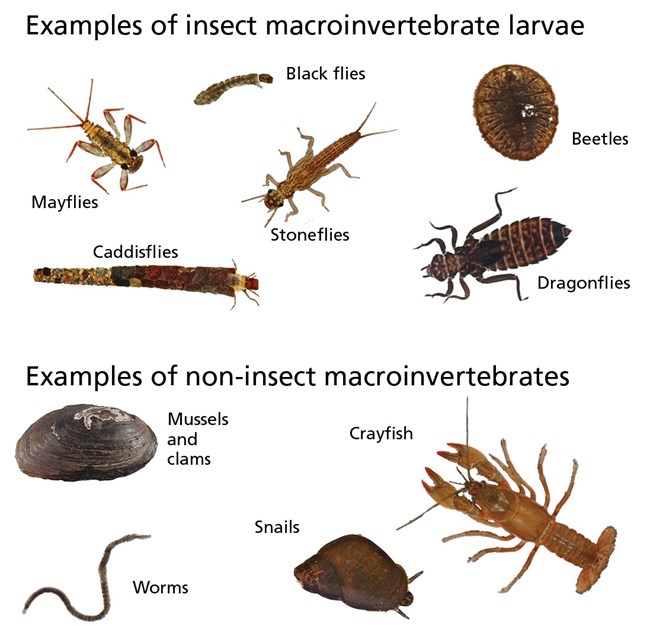
READ MORE:
Future Perspectives in Macroinvertebrate Studies
The future of macroinvertebrate studies holds exciting possibilities, especially in the context of environmental monitoring and biodiversity research:
- Advanced Monitoring Techniques: The development of more sophisticated monitoring methods, including molecular and genetic tools, will enhance the study of macroinvertebrate populations and their dynamics.
- Climate Change Impact Studies: There is a growing need to understand how climate change affects macroinvertebrate communities, especially in aquatic ecosystems. Future studies may focus on how changing temperatures and precipitation patterns alter these communities.
- Ecological Modeling: Enhanced computational models, such as the River Continuum Concept, will continue to evolve, providing deeper insights into the role of macroinvertebrates in aquatic ecosystems and how they respond to environmental changes.
- Conservation Efforts: Research will play a vital role in the conservation of macroinvertebrates, particularly in understanding the impact of human activities and developing strategies for habitat restoration and protection.
- Public Engagement: Macroinvertebrates will increasingly be used in citizen science projects, fostering public interest in ecology and conservation while contributing valuable data for scientific research.
Overall, macroinvertebrate studies are expected to make significant contributions to our understanding of biodiversity, ecosystem health, and environmental change, thus shaping conservation policies and practices in the future.
Exploring the world of macroinvertebrates unravels a hidden universe, vital for our ecosystems. Understanding these spineless wonders is crucial for ecological balance and future conservation efforts, highlighting the extraordinary in the ordinary.

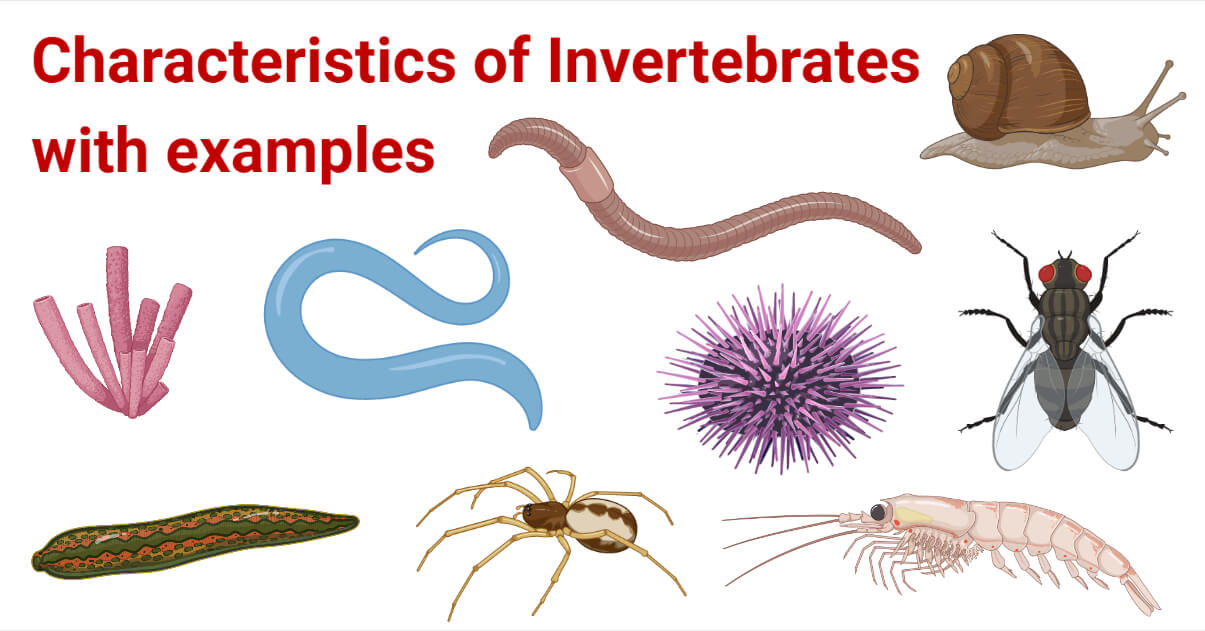
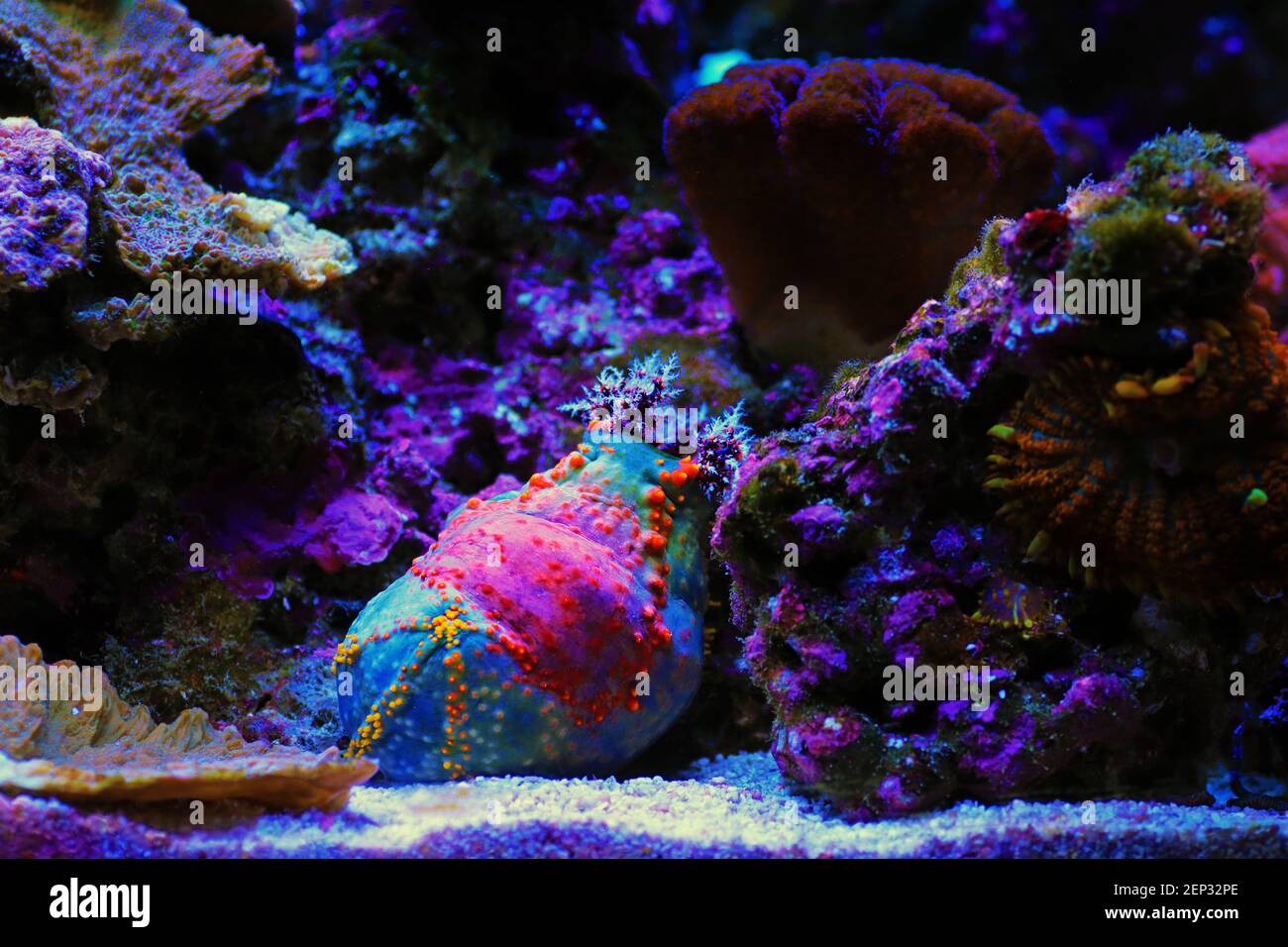
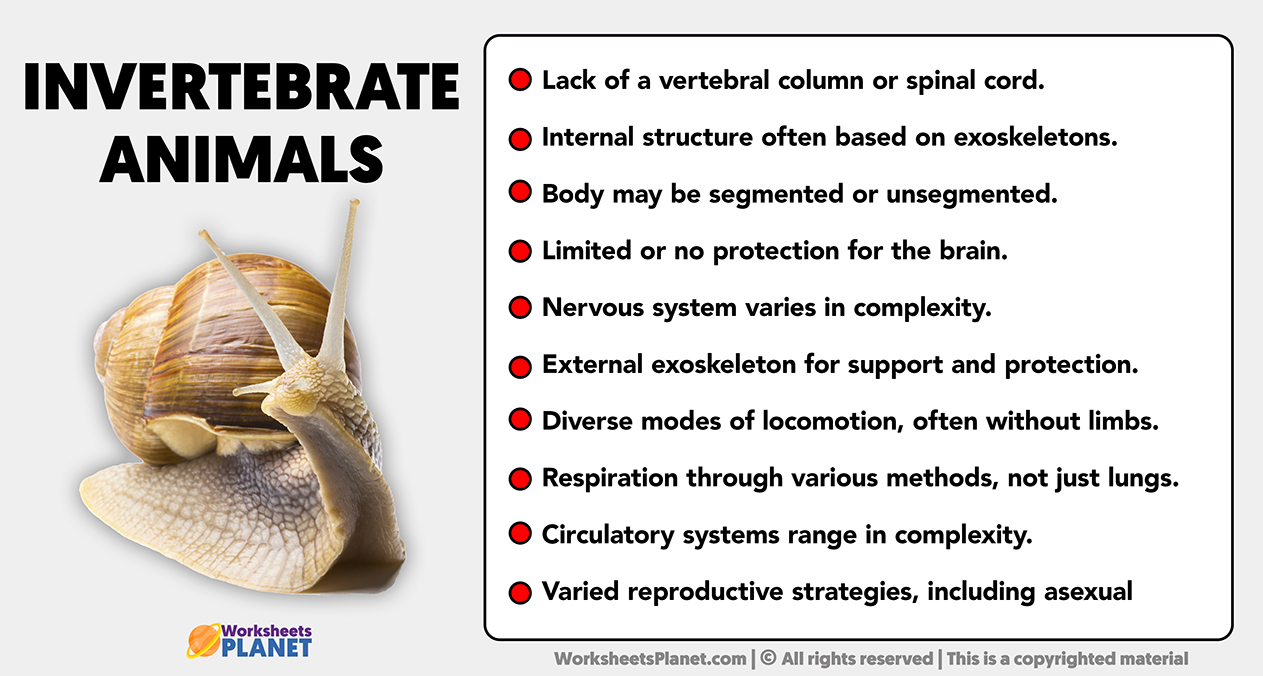
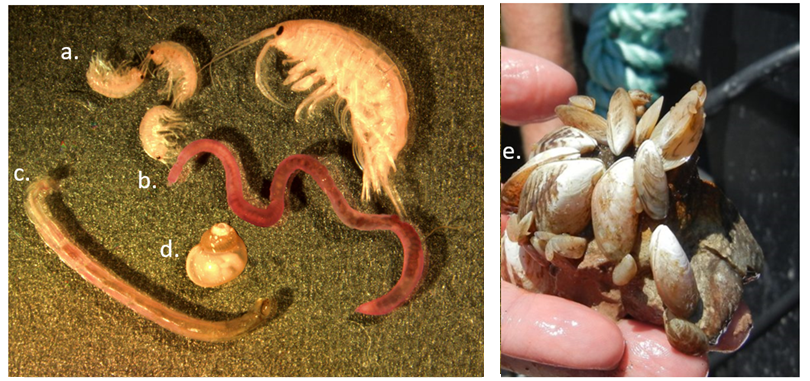


:max_bytes(150000):strip_icc()/tunicates-5c86a0cdc9e77c00010c2253.jpg)


